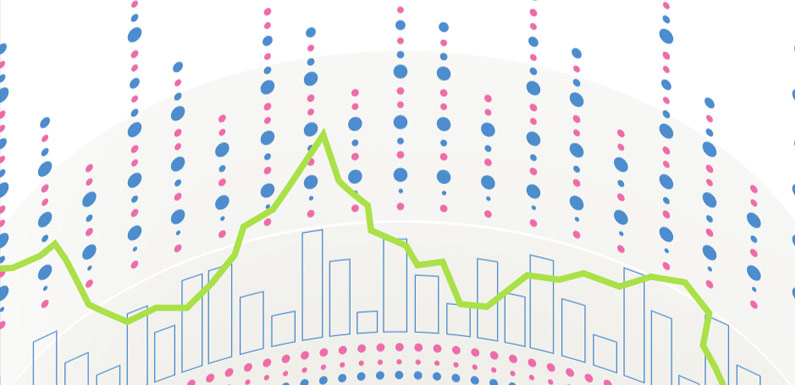
SaaS products offer trials to their customers to help them clear any doubts that they have and make an informed decision.
Companies are now counting on product-led growth. Good product adoption during the trial is crucial to ensure conversion. Beyond just onboarding tools it is important to understand the gaps product users are facing.
Product managers need to understand very well the feature friction points, usage trends. They should also be able to map usage behavior with system performance, UI issues, and expectation gaps. Only then, a product will emerge that will have a reduction in churn post-trial.
It has been talked about a lot and also known as Time to the first value. It is a nice notion but very complex to implement for most of the products. Most of the users have a specific pain point for which they are exploring the product. If the product solves that problem quickly that is their AHA moment. Depending on the type of the product it can mean tracking just a few features to even hundreds.
It is vital to correlate the persona of the user, business (B2B solutions), and features that have driven them for success.
The product should continuously evolve to ensure that users can find their AHA moment quickly. For this to happen, the interest of the user should be captured quite early in the trial journey.
Understanding the reason for signing up can be achieved by tracking of parameters like
Answering these questions and evolving the product accordingly reduces the time to discover the AHA!!! in your product, resulting in better trial conversions.
I have talked about the various KPIs to track during trial, but in the end we need list of users who have or have not used certain features.
While working with multiple SaaS product teams I observed that the same yardstick does not apply to all new signups and trial users. Many signups are what I call “Pseudo Signups”, they just explore the product but do not have any intention of using it in long term. These users’ usage patterns should not be taken too seriously in the product roadmap.
If you are offering a trial in your application, it is important to track the usage patterns of all the users, weed out the pseudo signups, and focus on serious users.
Segmentation should be done on both the engagement and feature usage.
For engagement level segmentation, there should be active cohorts of trial users like
Product teams should also segment the trial users based on product adoption and usage. It should be applied to all the above cohorts.
Features in SaaS products are quite complex. A user needs to perform many actions to get to a goal. Let us take an example to understand this better.
Feature : Update profile details
User actions
1. Go to update profile page
2. Open a form to edit
3. Possibly click on submit
4. Get a success response from Application server
In this process, tracking only the Goal event is not sufficient. Users may be totally interested in using the feature but maybe facing a disabled button, bad UX, system performance issues, and API failures. Unless all the events are not tracked in connection with the feature, it’ll be impossible to track friction in the feature.
New releases and changing feature flow compounds this problem for Product teams.
At Fibotalk, we understand these problems very well and that is why we focus highly on ease of implementation and tracking all user actions by default. This enables product and customer success teams to understand user behavior in depth.
In B2B SaaS companies, you need to understand the account level usage as well to reduce churn. In Fibotalk, we connect all the user and account dimensions with each event to ensure deep-dive analytics. here is a detailed post on this topic.
Fibotalk is Free to try. Please write to us at sales@fibotalk.com if you have any questions.
